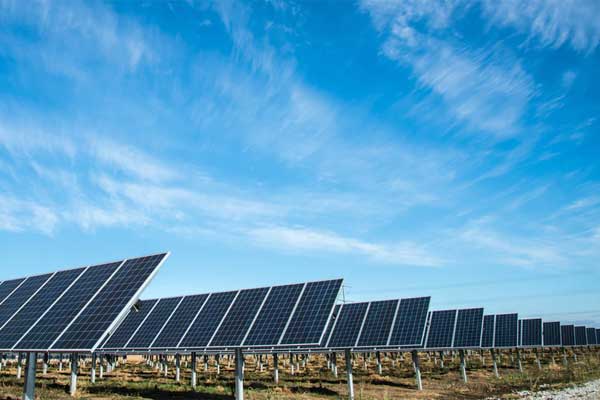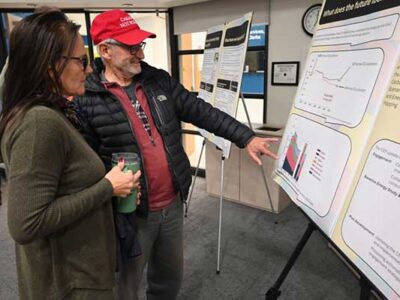In a significant study from Columbia University, 59 new local renewable energy siting restrictions were identified across 35 states in the U.S.
These restrictions, ranging from moratoria on wind or solar energy development to regulations so restrictive they can act as de facto bans, have demonstrated a growing trend of opposition to renewable energy facilities.
Furthermore, nine state-level restrictions were severe enough to block projects entirely potentially.
In the report, the authors listed 293 renewable projects that have faced substantial opposition in 45 states, indicating widespread and intensifying local opposition to renewable energy facilities.
Background of Renewable Energy Siting Restrictions
Renewable energy technologies such as wind and solar have made significant strides in becoming competitive with coal, natural gas, and nuclear power, according to the Union of Concerned Scientists.
However, these technologies continue to face major obstacles such as high capital costs, the need for siting and transmission infrastructure, market entry challenges against established energy sources, an unequal playing field due to subsidies for fossil fuels, and reliability misconceptions.
Reasons for Opposition
A study analyzing the sources of local opposition to renewable energy projects in the U.S. identified seven key sources of opposition:
- Potential environmental impacts
- Challenges to project financing and revenue generation
- Public Perceptions of unfair participation processes
- Failure to respect Tribal rights
- Health and safety concerns
- Intergovernmental disputes
- Potential impacts on land and property value
The researchers found that 49% of the projects studied were ultimately cancelled.
34% faced significant delays and difficulties securing permits, and 26% resumed after being stopped for several months or years.
Project delays and cancellations accounted for a potential lost generating capacity of almost 4,600 MW.
A Perspective on the Opposition
The rising trend of local opposition to renewable energy projects in the U.S. presents a formidable challenge to achieving the nation’s climate goals.
Despite the climate urgency and the favorable economic winds, local opposition to these projects has become a major impediment to getting these projects up and running.
One strategy to mitigate these challenges is early and sustained community engagement, as observed in the study.
While developers sometimes wait until an agreement has been reached regarding a project location and size before engaging with the local community, this approach can lead to residents feeling they have no say over local land use decisions, thereby fostering opposition.
Early engagement not only reduces opposition but also builds a movement of individuals who actively support renewable energy projects.
In the face of the growing local opposition to renewable energy projects, it is crucial for stakeholders to address the wide-ranging sources of opposition, from concerns about potential environmental impacts and property values to perceptions of unfair participation processes.
By doing so, the renewable energy sector can better navigate the complex landscape of local opposition and help the U.S. move closer to its climate goals.















Comments